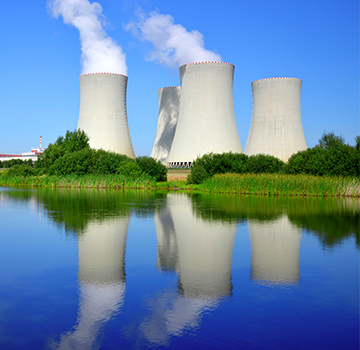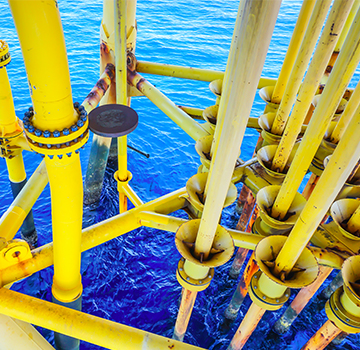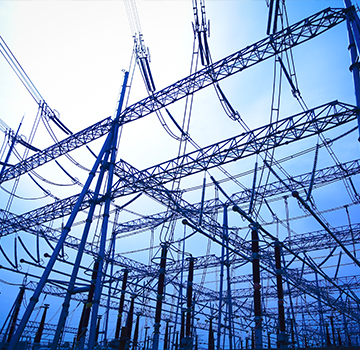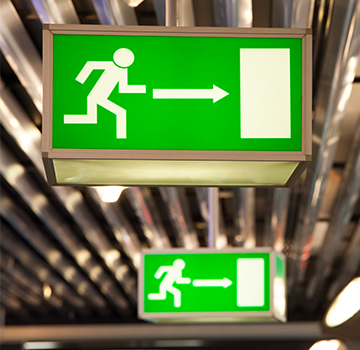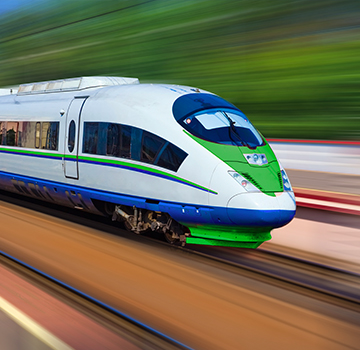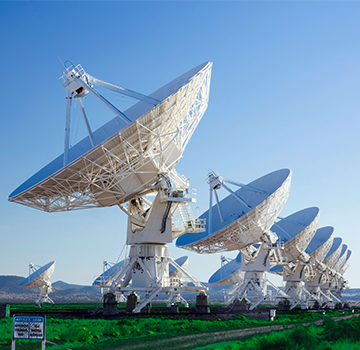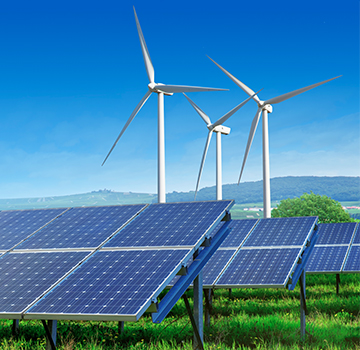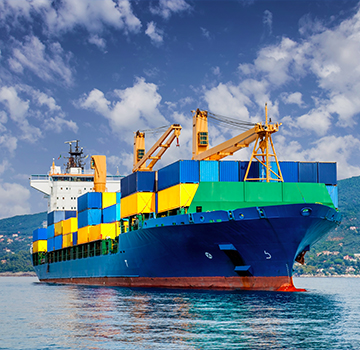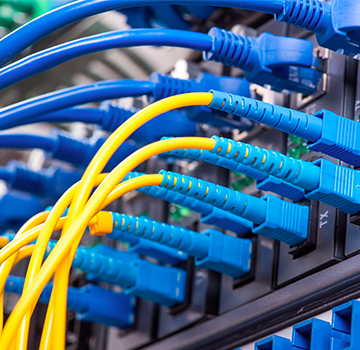The terms ‘solar power’ and Saudi Arabia are not traditionally used in the same sentence. But this looks set to change with news that the Saudi Government is preparing to put a spade in the sand on at least one commercial scale solar power factory. Yes, you heard correctly, it seems that even the purveyors of one of the most plentiful supplies of oil in the world, are looking at investing in renewable energy.
Further to the Government’s plans, the drive for energy industry change is being led by two state-owned companies. Saudi Aramco, the biggest oil producer on the globe, and The Saudi Electric Company, who are the kingdom’s main power producer. The pair are joining forces to expand their global reach even further through renewable energy, and have plans to start as many as ten more solar projects around Saudi Arabia as soon as 2016.
CONSUMPTION: THE DRIVING FORCE BEHIND ALL CHANGE
So why would a nation like Saudi Arabia support renewables and risk losing customers for oil, their greatest commodity? The reasons are clearly more deeply layered and complex than is possible to cover in an article of this scope. But one obvious answer to the question lies in the increasing rates at which the people of Saudi Arabia are consuming its main export.
A recent article in the Atlantic reports;
“The Saudis burn about a quarter of the oil they produce—and their domestic consumption has been rising at an alarming 7 per cent a year, nearly three times the rate of population growth.”
While experts say that Saudi Arabia is nowhere near to running out of oil, the country, as one of the hottest and wealthiest on the planet, has an undeniably rising rate of domestic oil consumption that will eventually need to be addressed.
This is where the move toward solar power begins to make more sense. For every barrel of oil the kingdom uses, reports say that they sacrifice $56 of potential export income. This makes the move towards the commercial endeavour of solar not so much a change of ethos, but a long-term investment in maintaining their position as a global oil power.
GEOGRAPHICALLY, IT MAKES PERFECT SENSE
Ironically, Saudi is a region as ideal for renewable energy growth as it is plentiful in oil. As one of the hottest nations on the globe, it has both the sunlight hours and the desert space to support massive solar panel farms. Plus, it has the population and infrastructure in place to foster solar energy as a dual competing industry, exporting panels to the rest of the world just as it supplies us with oil.
The catalyst behind much of this progress has been the spike in the number of Chinese factories cranking out cheaper, better solar solutions. As a result, both solar panels and the accompanying technology have become more energy and more cost efficient to manufacture. This has caused the global price of solar energy to plummet as much as 80%, and in turn, caught the eye of investors across the globe.
Saudi Arabia has made a pledge not to be left behind in this global shift of the energy production markets. In fact, the kingdom has set a goal to build 41 gigawatts of solar capacity by 2040. Incredibly, this would create roughly enough energy to meet 20% of the kingdom’s domestic usage and leave Saudi Arabia home free to export its most valuable asset.
A LONG TERM SOLUTION
Solar is a goal that the Saudis have been working toward since the 1970’s. It is synchronistic that this was also the time when Brian Harper formed SEC and started the first of our solar projects in the Middle East. It’s ironic to see now that a renewable concept birthed in one of the most oil rich territories in the world would finally come to fruition this many years later.
Back then, The United States and Saudi Arabia opened a jointly funded solar research station in an electricity barren village called Al-Uyaynah. The station still exists and work at the site has increased in the last ten years, with the first of the soon to be prevalent assembly lines being built in 2010 to manufacture the kingdom’s solar panels.
Of course, there are plans to expand the facility further and if all goes well, the Saudi Arabian Solar project could be more than on its way to becoming a reality.
